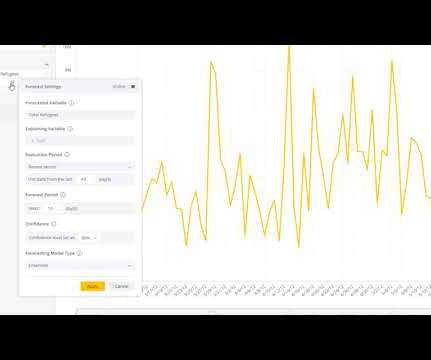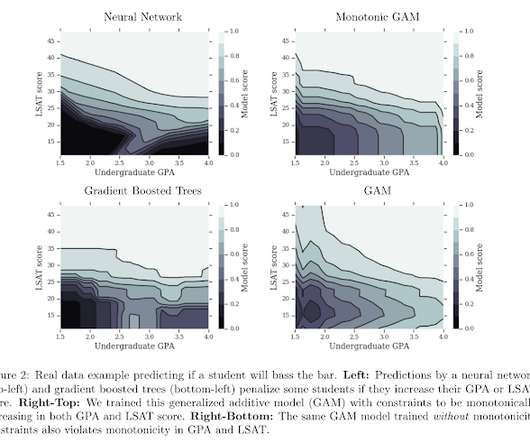Our quest for robust time series forecasting at scale
The Unofficial Google Data Science Blog
APRIL 17, 2017
by ERIC TASSONE, FARZAN ROHANI We were part of a team of data scientists in Search Infrastructure at Google that took on the task of developing robust and automatic large-scale time series forecasting for our organization. So it should come as no surprise that Google has compiled and forecast time series for a long time.

















Let's personalize your content